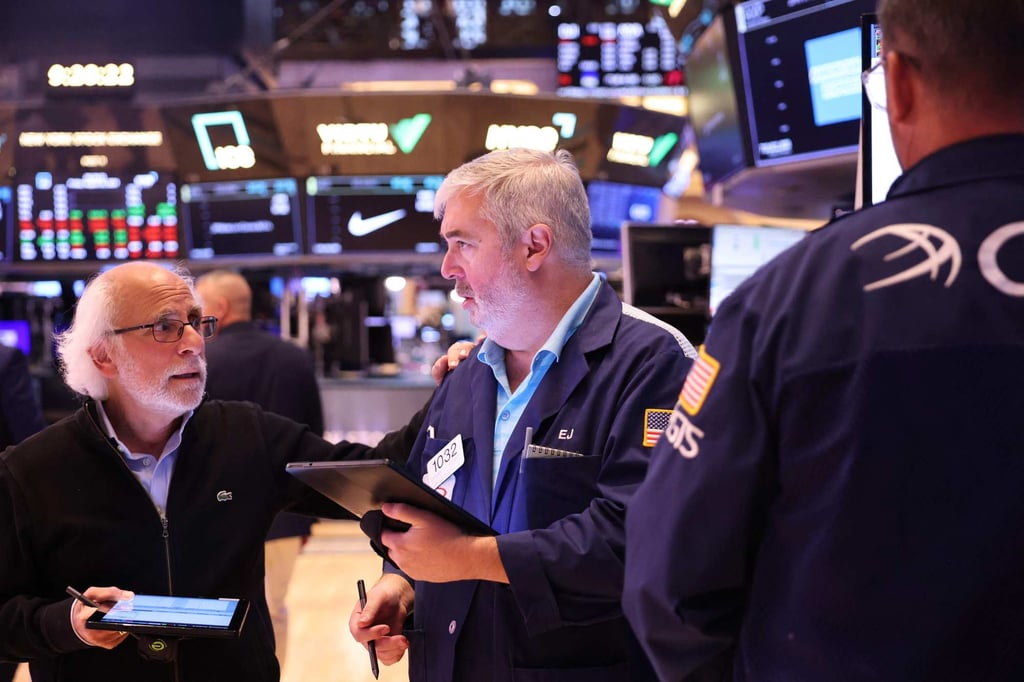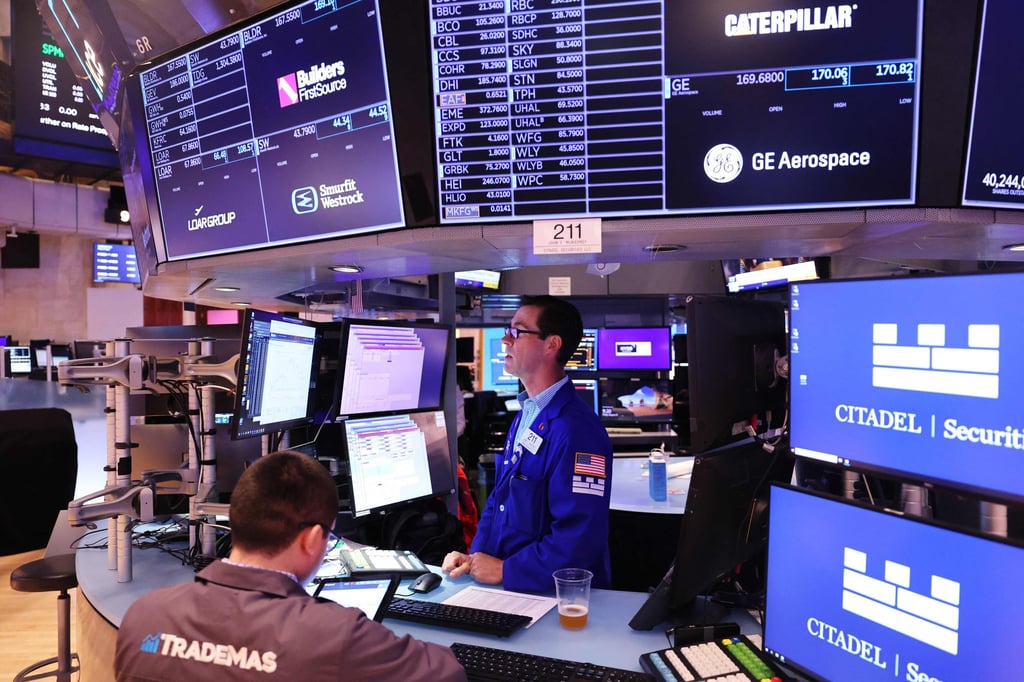World
US Fed chair says ‘the time has come’ to start cutting interest rates

US stocks rose on Powell’s remarks, with all three major indices on Wall Street up sharply at around 10am local time in Washington (1400 GMT).
The annual economic symposium in Wyoming gives Powell a global platform to share the Fed’s thinking with financial markets. He had said a few weeks ago that policymakers could cut rates “as soon as” September if the labour market remained solid and inflation continued to ease.
The Fed’s benchmark lending rate currently sits at a 23-year high of between 5.25 and 5.50 per cent, cooling demand in the world’s largest economy ahead of November’s presidential elections, in which inflation and the cost of living have taken a central role.
Powell said the Fed’s restrictive monetary policy had “helped restore balance between aggregate supply and demand, easing inflationary pressures and ensuring that inflation expectations remained well anchored”.
“My confidence has grown that inflation is on a sustainable path back to 2 per cent,” he added, referring to the Fed’s long-term inflation target.
After holding its key lending rate at a two-decade high for more than a year, Powell’s remarks suggest the US central bank is now all but certain to start cutting rates in September, as inflation continues to ease.
The Fed has a dual mandate from Congress to tackle both inflation and unemployment, and has been signalling in recent months that the risks to the two sides of its mandate are now coming into better balance.

Powell said on Friday that the US labour market “has cooled considerably from its formerly overheated state”, with the unemployment rate up sharply from last year, though at 4.3 per cent it remains low by historical standards.
“The cooling in labour market conditions is unmistakable,” he added.
While inflation has fallen and the labour market has cooled, economic growth has remained positive, raising confidence that the Fed could pull off a so-called soft landing – where it hits its inflation target without bringing about a recession or a substantial rise in unemployment.
Earlier this week, the minutes of the Fed’s July rate decision spelled out the likely direction of travel: Most members of the bank’s rate-setting committee said it would likely be “appropriate” to cut rates in September, if the data continued to come in as expected.
“Inflation gives them the reason to start to cut rates,” Nationwide Mutual chief economist Kathy Bostjancic told AFP ahead of Powell’s speech, adding that the coming labour market data would likely dictate how aggressively they did so.
Many analysts expect the Fed to move ahead with a more cautious quarter-percentage-point rate cut in September, but see a larger half-point cut as a possibility – depending on coming data.
Futures traders put the chances of a smaller cut in September around 70 per cent and the probability of a bigger cut at around 30 per cent, according to data from CME Group.

The decision to cut by 25 or 50 basis points “will depend on how the data come in over the next month or so, and importantly, what the next jobs report looks like”, Deutsche Bank chief US economist Matthew Luzzetti told AFP ahead of Powell’s speech.
A weaker jobs report would likely raise the chances of a larger half-point cut, he added.
Both Bostjancic and Luzzetti see three quarter-point cuts in the remaining three rate decisions this year as the most likely scenario – higher than the median expectation of Fed policymakers back in June.
This would cut the Fed’s benchmark lending rate by a total of 75 basis points, lowering it to between 4.50 and 4.75 per cent.
But the financial markets think the Fed could go even further.
Futures traders currently assign a probability of more than 65 per cent that the Fed will cut interest rates by at least a full percentage point by the end of the year.










